National air carrier reaches 1,300 points in 193 countries
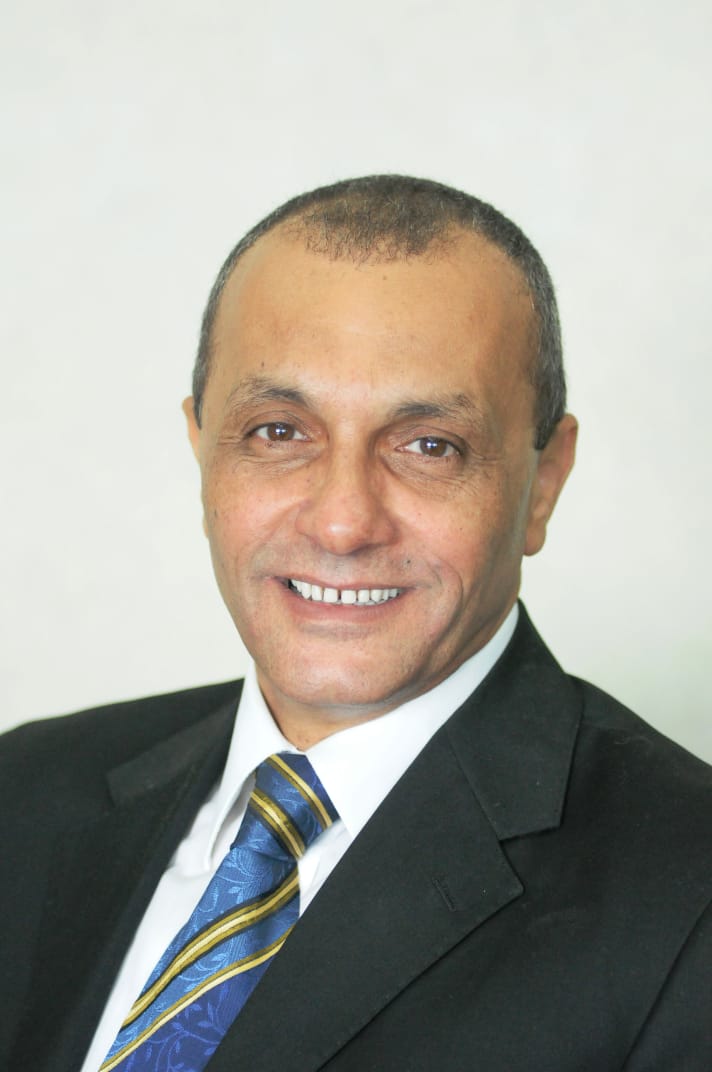
By Mohamed Attia
EgyptAir celebrates next Saturday its ninetieth anniversary, as it was established in 1932 to become the first airline to be established in Africa and the Middle East, and the seventh in the world.
The company’s development continued over the ninety years, bringing the size of its fleet to 69 aircraft of the latest models.
It also flies to more than 70 direct points around the world and reaches its customers to 1,300 points in 193 countries through its membership in the global Star Alliance network.
The idea of establishing a national airline had begun to appear in the twenties of the last century, when it was adopted by the great economist Talaat Harb, who took upon himself the dream of the individual attempts of some Egyptian youth at that time to form an Egyptian civil aviation company.
At the top of these experiences was the attempt of Kamal Elwi, who travelled to Paris in 1929 and learned the art of aviation and bought a plane that was the first to be registered in Egypt and carried the registration letters SU-AAA, and he later gifted it to the EgyptAir company.
Then the idea of establishing the EgyptAir company began to complete its image in the minds, especially with the success of the arrival of the pilot, Mohamed Sedky, as the first Egyptian pilot to arrive with his Princess Fayez plane from Berlin to Cairo on January 26, 1930, the day we celebrate the Civil Aviation Day.
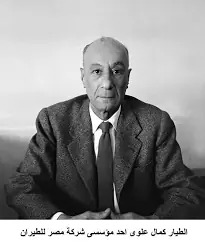
Royal Decree
Indeed, Kamal Elwi, Mohamed Sedky and Talaat Harb co-operated to realise the dream through Banque Misr. The efforts resulted in the issuance of the royal decree on May 7, 1932, establishing EgyptAir and the company was named after two names, one in Arabic, Egyptian Airlines Company and the other in English, “EgyptAir.”
The articles of incorporation stipulated that Egyptians own at least 60% of these shares. The company’s capital is initially set at twenty thousand pounds.
Although the company’s beginning was represented by training and excursions at Almaza Airport, it soon began to form the first nucleus of its fleet, as the first two aircraft of the Dehavilland Dragoon 84, arrived on June 30, 1933, at Almaza Airport, each with a capacity of four passengers and its first flights were to Alexandria and Marsa Matrouh.
The role of the company’s business came in that period when the first flight took place between Jeddah and Madinah in 1936, and EgyptAir planes were the first planes in the world to land in both cities.
After World War II in 1939, the company began a new stage in its history, where its capital became completely Egyptian after the withdrawal of the British Airworks, the foreign partner, and the Egyptians replaced the British, so that everything in it became Egyptian. The era of foreigners ended, and its name changed to Egyptian Airlines – Misr Airlines in 1941.

Big boom
In 1980, Eng. Mohamed Fahim Rayan became commissioner-general of EgyptAir, then took over the presidency of its board of directors in 1981 until 2002, during which EgyptAir witnessed several successes.
The fleet increased in a way that EgyptAir had not witnessed until then, so 8 Airbus (A300-B4) planes were purchased to cover the markets of Europe and the Middle East, then 3 long-range Boeing 767/200 planes, followed by the purchase of two Boeing 767/300 planes to meet the requirements of the increasing transport movement to distant markets, followed by the purchase of 7 new Airbus aircraft (A320-200).
To serve the tourist attractions in Egypt and to transfer the tourist movement to it from abroad directly, the company purchased 5 new Boeing 737/500 aircraft, in addition to purchasing 3 Boeing 777/200 and 3 Airbus (A340-200) ultra-long range aircraft to cover the requirements of the North American and Japanese markets, followed by the purchase of 4 Airbus (A321-200) aircraft to serve the new and promising charter flight market, bringing the total costs of replacement and renewal operations for the company’s fleet to over $3,112 billion.
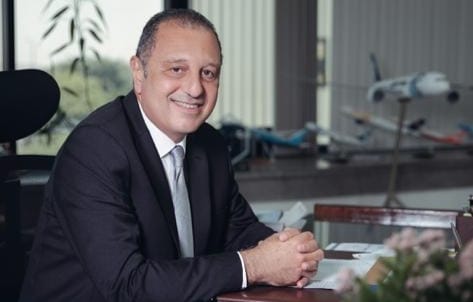
The January 25 revolution had repercussions on the company, as the percentage of tourism decreased significantly due to the instability of the situation and the company was exposed to huge losses amounting to 10 billion Egyptian pounds in 5 years due to the decline in employment, political events and wars in the Arab region, which led to the closure of some lines.
So, EgyptAir conducted several tourism promotion campaigns for delegations of some countries to activate the tourism movement in an attempt to restore the operating rate on their flights again.
At the end of 2017, EgyptAir contracted at the Dubai Airshow to lease and purchase 45 of the latest models, 24 CS300s for Canadian Bombardier companies, and 6 Boeing 787-9 Dreamliners powered by Rolls-Royce engines, in addition to leasing 15 Airbus aircraft, including A320Neo powered by CMF LEAP engines, which was known as the deal of the century that had never happened in the history of the company before.
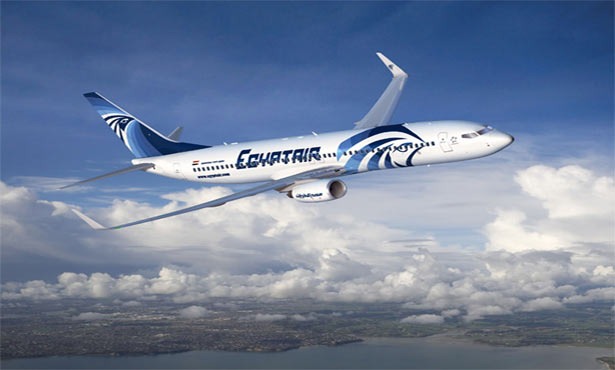
National role
In crises and disasters, the national role of EgyptAir appears to be evident during the outbreak of the coronavirus, as the pilot, Mohamed Manar, Minister of Civil Aviation, was keen to lead the EgyptAir flight to London, and then the two companies, EgyptAir and Air Cairo, organized hundreds of exceptional flights, carrying 77,000 stuck people all over the world, in coordination with the Ministries of Foreign Affairs and Immigration.
In view of the political events in Libya, EgyptAir organized the transport of about 12,000 Egyptians. The same is true for transporting those stranded in Syria. The last of these humanitarian flights, after the outbreak of the war in Ukraine, was organizing a number of flights to Poland and Romania to transport the stranded Egyptian students there after they crossed ukraine border.



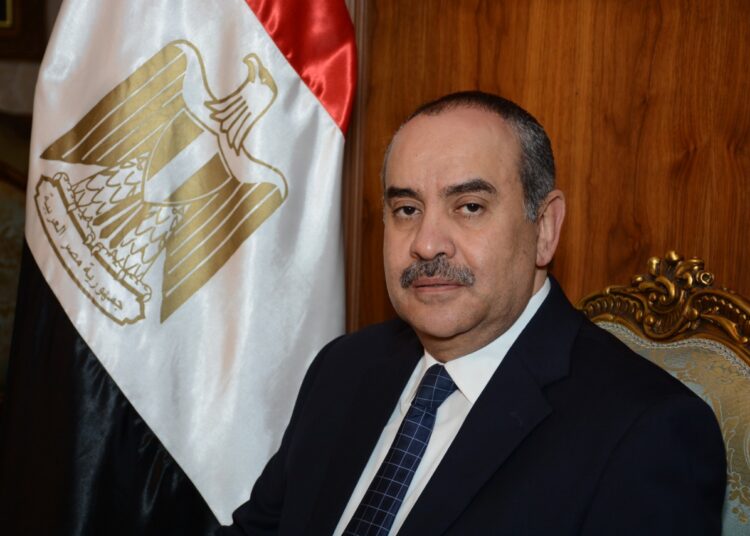


Discussion about this post